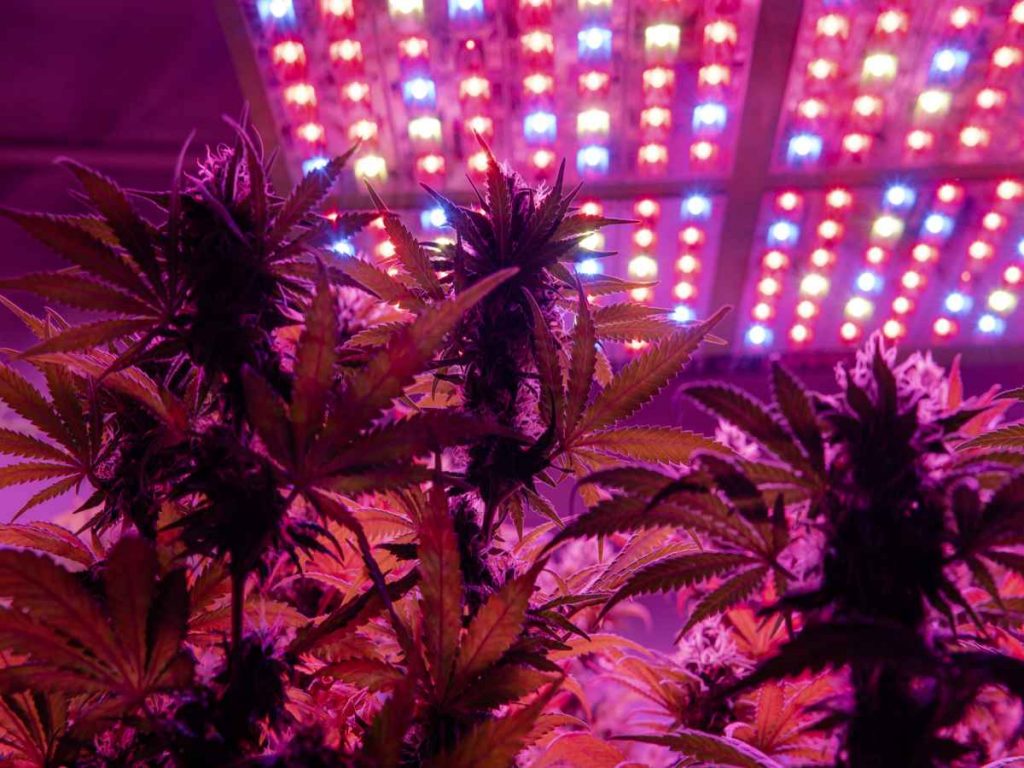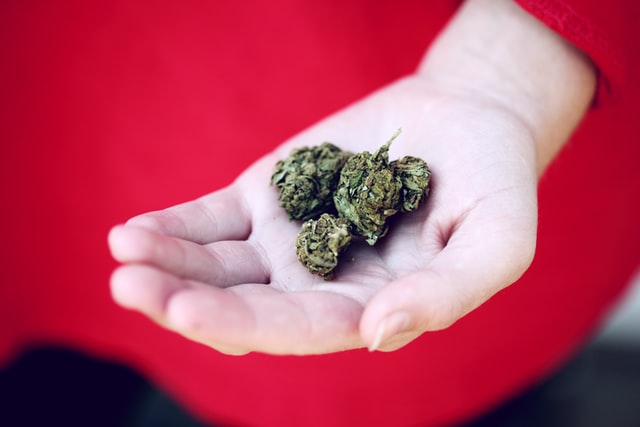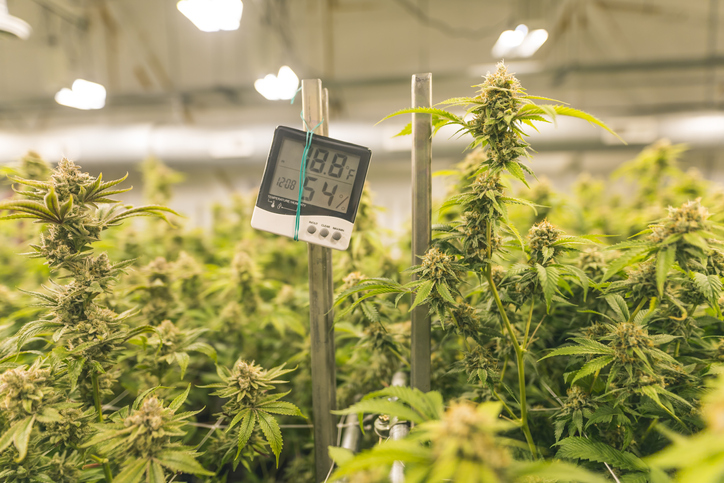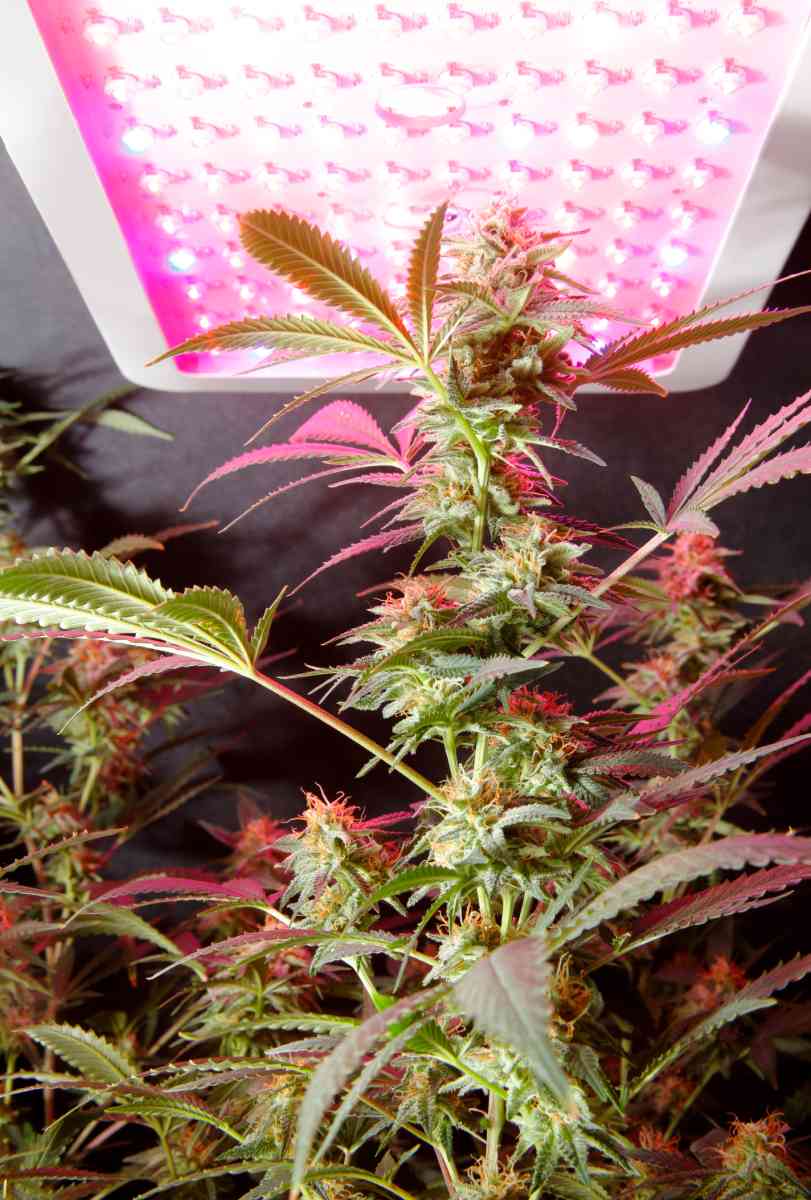If you’re like most growers, you’ll want to get the best out of your plants. It takes a lot of effort, dedication, and real good financial investment to grow weed. And you want the resulting buds to be worth their weight in gold.
Airy and loose marijuana buds are good for nobody. Bigger buds hold the promise of potency and yield— the two things growers would stick their fingers in the fire for.
Potency and yield. If your growing practices don’t result in these critical metrics, then you indeed have a long way to go.
Bigger buds contain more resin glands, just by their sheer size. The numerous resin glands mean they have more THC and other essential compounds in their highest concentration.
The higher concentration is what gives the buds their signature high. The terpenes are more pronounced, and so the aroma is more punctuated. Bigger buds give a better weed experience.
Thus, if your buds aren’t getting bigger several weeks into flowering, then you sure should be worried.
Table of Contents
Why Aren’t My Buds Getting Bigger?
Cannabis buds won’t get bigger if your growing conditions aren’t favorable. Genetics, poor lighting, extreme temperatures, and poor feeding will inhibit the growth of the buds. But poor lighting is mostly the cause. Lighting is a little more complex than most growers think.
Buds that just won’t grow are a plant’s outcry for you to adjust their growing conditions for normal, healthy growth.Let’s discuss in detail the reasons why your buds are not getting any bigger.
Reasons Why Your Buds Are Not Getting Bigger
Poor Lighting
If your buds aren’t receiving enough light, they won’t grow bigger, sometimes you think the buds are well-exposed to the light, but other factors affect the quality of that light.
Light intensity and color spectrum affect how the light is absorbed and utilized by the plant. Low-intensity grow lights might seem to cover the whole canopy but do not penetrate the plant, and thus insufficient.
At flowering, the plant needs bright color spectrums like red, yellow, or orange. Most HPS grow lights are best for the flowering stage because they come in broad color spectrums.

Most people make the mistake of using the same low-intensity lights they use in veg in the flowering stage. Unless you can switch it from veg to bloom, adjusting light intensity accordingly, the plant will lack.
The flowering stage requires the plant to hasten its photosynthetic processes because it expends the most energy in nurturing the buds. Sufficient light is essential for photosynthesis.
Consider the distance between the lights and the canopy of your plants. Some grow lights like the fluorescents are less intense, and when you keep them too far, the plant’s access will be insufficient.
Keep them close enough to the plant for optimum intensity, but not too close to burn the plants.
RELATED READ: What Are the Best Lights for Growing Indoors?
The Airflow
Your grow room should have sufficient airflow. The gentle wind that flowers through the plant taxes it to grow stronger stems to support bigger buds.
When airflow is lacking, the plant will grow weak stems that inhibit the plant’s structural preparedness for bigger buds.
We usually talk about airflow with regards to mold and other problems that might arise when the grow room becomes a little stuffy. But the gentle wind is also instrumental in growing strong branches for bigger buds.
Good airflow also means the plant is breathing fine— getting enough CO2 to fatten the buds.
Genetics
The plant’s genetics matter a lot when it comes to growing bigger buds. Some phenotypes just won’t grow big, however favorable the environment might be.
It is thus necessary that you begin with high-yielding strains if yields matter to you.
Unlike environmental conditions that you can adjust and perk up the growth of the buds, the plant’s genetics are either a ‘no’ or ‘yes’ factor— no in between.
The strain is either high-yielding or low-yielding. If the environmental factors are within range and the buds appear healthy despite their small sizes, then you might be growing a low-yielding strain.
While still on strains, you must consider your unique growing conditions. Your climate, for instance, can sabotage the growth and development of a high-yielding strain.

Some strains are known to be high-yielding, but not in terms of size. Instead of the plant growing bigger buds, it will develop a longer cola, with many medium-sized buds on it.
Indica strains generally grow bigger buds, while sativa strains will grow many medium-sized buds. It might interest you to know that sativa-learning strains yield more than Indica strains.
Also, indica-leaning strains tend to be more resistant to cold but can’t withstand hot climates, while sativa-heavy strains are exactly the opposite.
Sativa strains are more tolerant to heat but don’t thrive in cold environments.
Though strain research is mainly reserved for breeders, you need to know more about the strain you’re growing.
The easiest way to begin is to ask in various growing forums for strains that do well in your area.
Grow forums are strewn with first-time growers doing subtle strain research— asking established growers in their area for strain-specific grow information. You can do the same.
If you intend to go deeper, look for strain reviews and breeder information. These will give you more information about the strain you intend to grow.
Besides the strain’s yielding capacity, you should also look at its resistance to environmental hazards like cold and hot climates. Find out if it’s rich in CBD or THC, how long it takes to grow, and whether it’s suitable for your growing conditions.
The strain research is a process most novice growers skip. But its impact on yield and potency is astounding.
Getting all the information you can have on the genetics of the plant you intend to grow can also help you use the appropriate training methods for better yield. Fast-growing strains require less interference since they have a shorter lifecycle.
Other strains are also less resistant to high-stress training methods. You should, thus, knowing the genetics of the train you’re dealing with goes a long way in determining yield. For instance, Ruderalis strains have too short a lifespan to withstand extensive training.
Not Vegging Long Enough
Sometimes the problem with small buds begins with a too-early transition into flowering. Vegging for longer builds the frame upon which the buds grow.
It leads to better yield by creating more bud sites and spurs bud formation and development because the plant has a robust root system for efficient nutrient and water supply.
More branches also mean more leaves and an improved rate of photosynthesis.
If you veg for 30 days, perhaps you should veg one ten more days before you flip the plant into flowering. It shall sure increase the bud’s size and the overall yield due to more bud sites.
RELATED READ: Does Vegging Longer Increase Yield?
Nutrient Problems
The plant needs a lot of nutrients during the flowering stage because it expends a lot of energy. You should feed the proper nutrients at the right time.
During flowering, the plant needs less nitrogen, more potassium, and phosphorous. Too much nitrogen can lead to small buds.
While giving the proper nutrients at the right time is essential, you should also consider the pH of the grow medium.
Incorrect pH causes nutrient lockout. Thus, your plants might starve even when you feed them well.
Hot Temperatures
The cannabis plant can only thrive when the temperatures are at optimum. During flowering, the plants are even more susceptible to high temperatures.
If you keep the temperatures above 85F, you will get loose, airy buds that every grower hates to keep!The heat stress can also cause your plants to turn hermaphrodites, and nobody loves seed-filled buds.

Conclusion: Why Aren’t My Buds Getting Bigger?
Your buds will fail to grow bigger for several reasons. The primary culprit is poor lighting and genetics, but you should keep the essential environmental factors within range.
To grow bigger buds, choose high-yielding strains, keep temperatures and humidity within range, and mind the airflow within the plant. Your buds will be worth their weight in gold!
Keep growing!
External References:

